2020 has been quite a year. The instability inspired by circumstances such as the pandemic, the US Presidential election, wildfires, and Climate Change has underscored the importance of the microgrid sector’s work to provide communities and businesses around the world with access to clean, reliable energy.
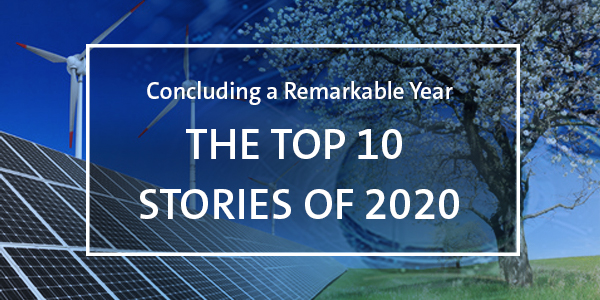
In the face of these challenges, the need for resilience and swift climate action has become increasingly clear. With the industry poised to create a more robust infrastructure paradigm and establish a clean energy future, the takeaway from 2020 is: the microgrid revolution is here.
The microgrid industry is experiencing significant growth, with market expansion occurring at an unprecedented rate worldwide. While global microgrid capacity is expected to increase from 3.5 GW in 2019 to nearly 20 GW in 2028, in the US alone market value is projected to reach USD 47.4 billion by 2025. And analysts expect recent events to catalyze this growth—events including the FERC’s landmark ruling that enables distributed energy resource aggregators to compete in regional wholesale energy markets and the results of the US presidential election. We’re living in an exciting, rapidly developing time for distributed energy.
2020 has provided time to reflect—time to take stock of what’s important, to learn from individuals working to advance microgrid technologies, and to envision the industry’s path forward. Many of the articles we’ve shared on Microgrid News over the past 12 months reflect this as they provide meaningful glimpses into the lives of people, projects, and technologies making a difference worldwide.
As this year comes to a close and we prepare for the new year ahead, we would like to share some of the most interesting and informative articles published on Microgrid News in 2020 to inform your design projects and inspire your vision for 2021.
Here are our top 10 stories of the year, ranging from energy access in remote villages to powering an industrial trucking operation:
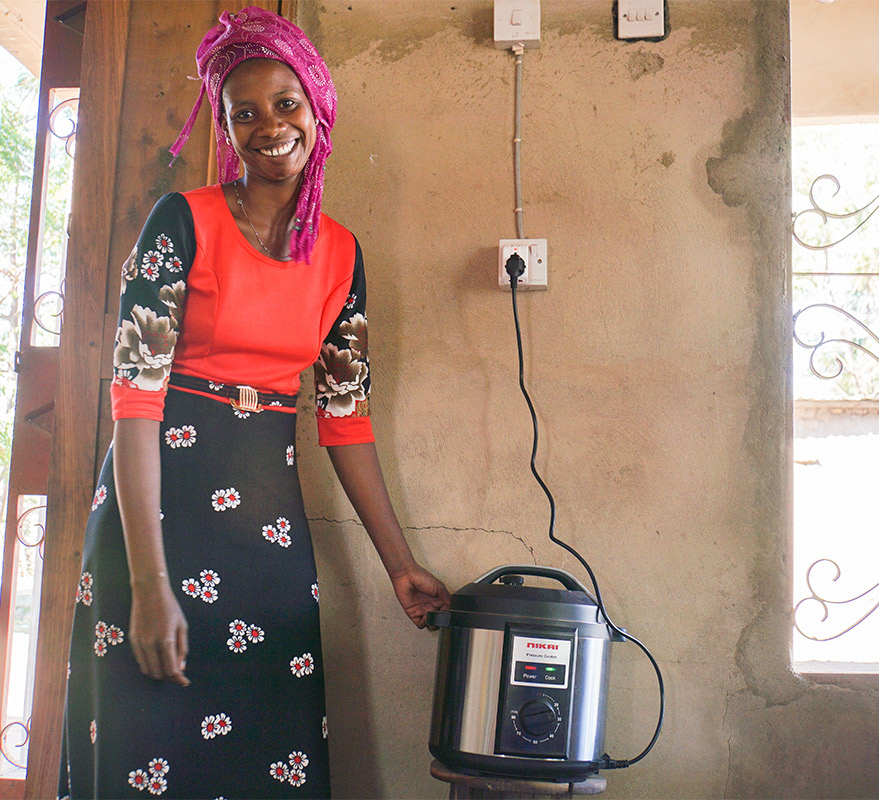
1. Cleaner Kitchens
Cooking with biomass is a problem in many developing countries. Indoor air pollution, caused by cooking with wood, charcoal, kerosene, and coal, causes an estimated 4.3 million premature deaths annually. Biomass cooking is also damaging to forest ecosystems, creating deforestation hotspots, and driving climate change. Nonetheless, 40 percent of the global population is still dependent upon biomass for cooking and heating. Although electric cooking used to be considered an inappropriate end-use for mini-grids, the rapid cost decline for PV & storage is changing that. In Electric Pressure Cookers and Microgrids Provide Hope, we learn about six villages in Tanzania that are helping test the viability and sustainability of electric cooking powered by village mini-grids as well as the potential health benefits.
2. Solar Arrays in the Arctic
In Renewable Energy Powers an Arctic Village, we explore the incredible challenge of installing a microgrid in Old Crow, the Yukon’s northernmost settlement (above the Arctic Circle), as well as innovative solutions that were used to overcome obstacles and the environmental and economic benefits realized by the Vuntut Gwitchin community. Rather than flying in diesel each month, Old Crow is now able to generate clean, affordable power on pitched solar arrays that work in harmony with the environment.
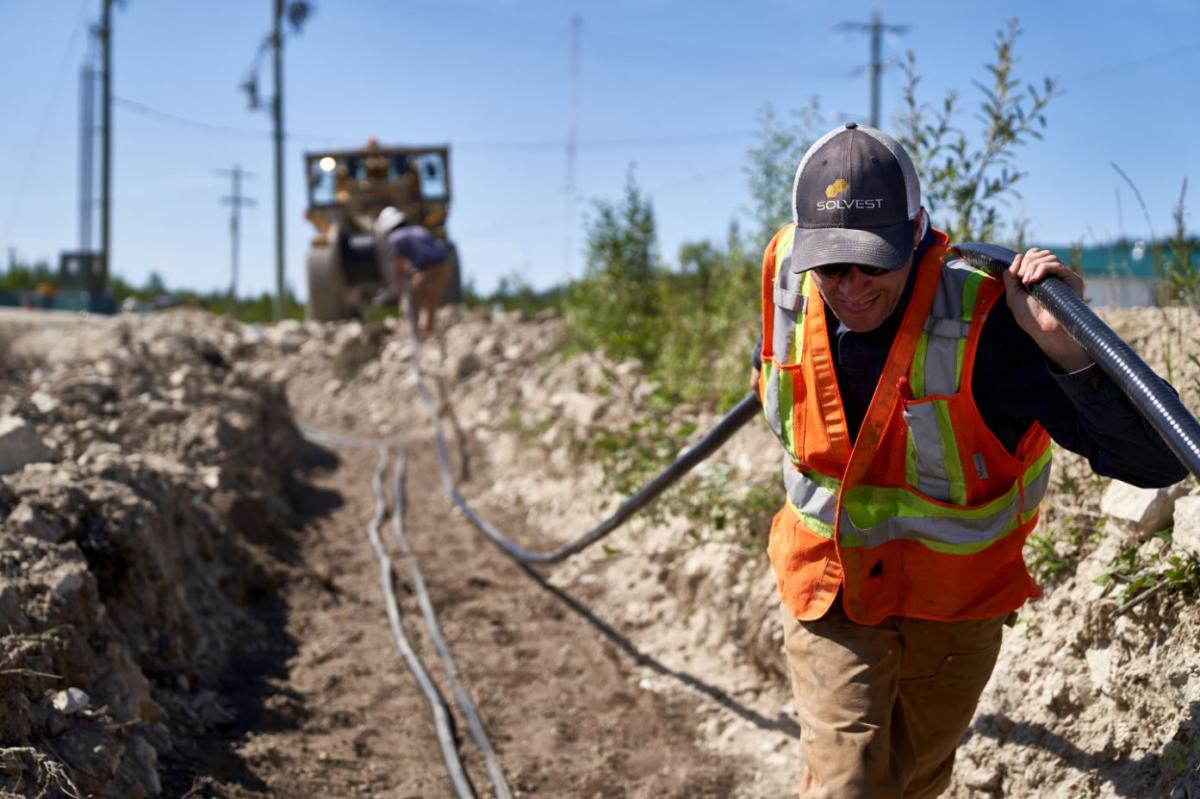
3. Powering Parks
How do you generate clean energy for park operations in one of the most pristine and remote environments? Hybrid renewables-based microgrids, of course. In Powering Patagonia Parks with Low Head Hydro Microgrids we learn about an engineering company that uses HOMER Pro to build microgrids integrating micro-hydro, wind, PV, and storage in Chile and Argentina. These systems provide energy for wilderness conservation projects that preserve millions of acres of land and convert restored wildlands into national parks in Chile and Argentina.
4. Renewables for Refrigeration
In the food business, electricity is critical. Power failures and refrigeration issues can be financially devastating. In our article about Ace Natural, we learn how the organic food purveyor developed a microgrid that incorporates solar, batteries, and a generator that runs on biodiesel for its New England food distribution facility. The system powers refrigeration units, air conditioners, forklifts, lighting, and other industrial equipment, while providing a 60% energy cost reduction.
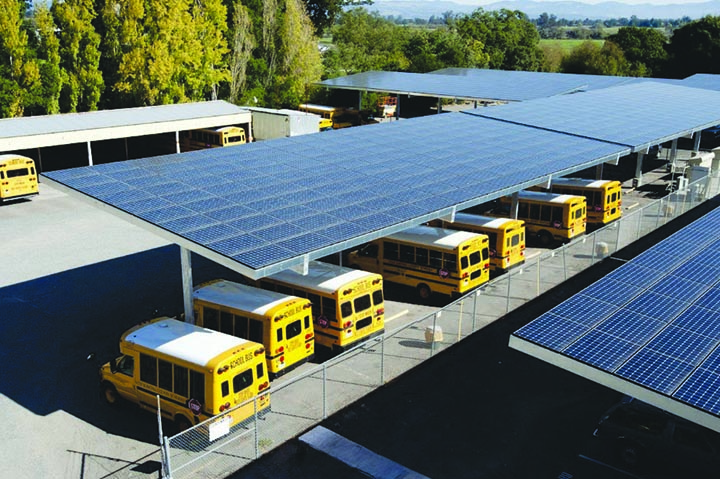
5. Smarter School Districts
In California, where natural disasters and emergency power shutoffs are common, community resilience is a priority and, as a result, microgrid deployments are surging. In our feature story about Santa Barbara Public Schools, we learn about the district’s plans to site a renewables-based microgrid at each of its 21 schools, turning them into emergency shelters or command centers in the case of a power outage or natural disaster. These microgrids will save the district (and taxpayers) money on utility bills while reducing carbon emissions to net-zero.
6. Desal for Demand Management
There are exciting projects taking place at the water-energy nexus these days. Western Australia’s Rottnest Island replaced diesel generation with a hybrid system that incorporates 500 kW of solar PV and the existing 600 kW of wind power to help reduce power costs and greenhouse gas emissions. The innovative hybrid system uses the discretionary load of the island’s desalination plant for demand management since it can purify enough water when the sun’s shining to store a 20-day supply.
7. Energy Storage for Resilience
The increasing frequency of natural disasters has underscored the need for resiliency and power systems able to withstand catastrophes while continuing to deliver energy. In Foundational Support, we look at an energy storage project that will provide resilience to communities in the Goleta Load Pocket of California, an area served by a particularly delicate 70-mile transmission line that has been hard hit by wildfires and landslides in recent years.
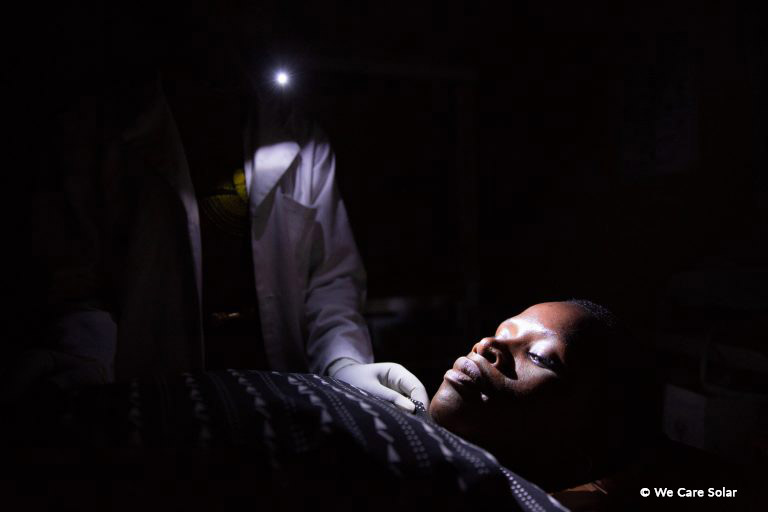
8. Powering Health
The global health crisis produced by the spread of COVID-19 is especially challenging in rural areas of developing countries where there are insufficient health clinics and the clinics that exist do not have reliable power HOMER Energy by UL partnered with the World Bank to update “Powering Health,”a free HOMER microgrid modeling tool that helps improve the capacity and reliability of power systems. In Preparing for Increased Electrical Demands for Health Facilities in Developing Countries Due to COVID-19, we share the details of this collaboration to improve energy provision for patient care.
9. Going with the Flow
In Flow Batteries: Technology Synergies Will Provide Grid Stabilization we learn about the many attributes of flow batteries that make them advantageous for large-scale energy storage for grid stabilization. Because of the electrochemical properties of vanadium, which make it very easy to remove and replace electrons, vanadium flow batteries offer virtually unlimited cycling without degradation for upwards of 30 years. They’ve become a useful option for utilities and commercial and industrial customers looking for multiple hours of energy storage capacity.
10. Remote Ranch
In Mountain Microgrid we explore a ranch in the Colorado wilderness that is powered by an off-grid, HOMER-designed microgrid. This luxurious high-altitude hideaway is only accessible by helicopter or snow cat in the winter and was originally powered by a small generator and an RV battery. Now the ranch’s facilities are powered by an off-grid system that incorporates 84 kW of solar PV. Bringing grid power to this location would have cost $5 million as opposed to the estimated $1 million that the owners spent on a well-engineered microgrid system.
